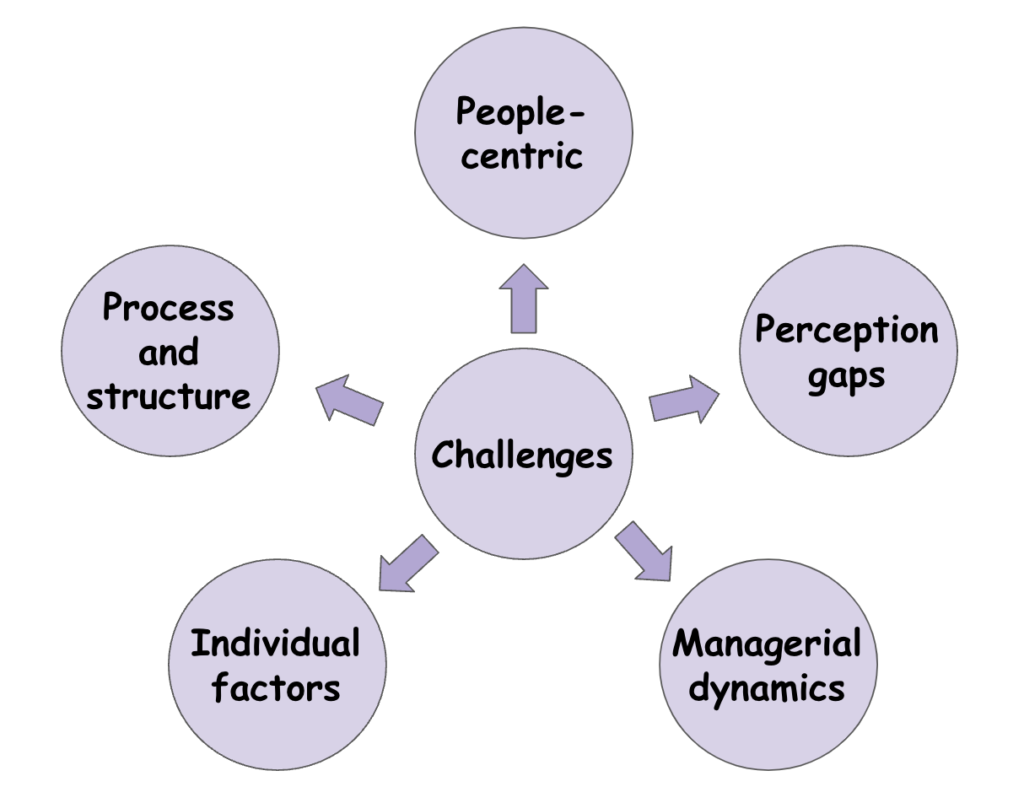Agile has transformed the way teams approach software development, project management, and product delivery. At the heart of Agile are its 12 principles, derived from the Agile Manifesto, which provide a clear framework for creating better products and delivering value consistently. These principles are not just theoretical—they are practical guidelines that help teams stay focused, collaborative, and adaptable.
The 12 Agile Principles and Their Significance
- Customer satisfaction through early and continuous delivery
Delivering value frequently keeps customers engaged and ensures the product aligns with their needs. - Welcome changing requirements, even late in development
This principle highlights flexibility and responsiveness, allowing teams to adapt to evolving user or market demands. - Deliver working software frequently
Regular releases promote incremental progress, providing opportunities for feedback and ensuring consistent delivery of value. - Business and developers must collaborate daily
Continuous collaboration between technical and business teams minimizes misunderstandings and ensures alignment with overall goals. - Build projects around motivated individuals
Empowering individuals fosters ownership, accountability, and higher productivity. - Face-to-face conversation is the most effective communication
Even for distributed teams, using real-time communication tools like Zoom replicates the effectiveness of direct conversations. - Working software is the primary measure of progress
Agile focuses on tangible outcomes, prioritizing functional software over lengthy documentation or vanity metrics. - Sustainable development pace
Teams are encouraged to balance workloads, avoiding burnout while maintaining steady and productive progress. - Continuous attention to technical excellence
Prioritizing code quality ensures scalability, maintainability, and reduced technical debt. - Simplicity is essential
Agile emphasizes keeping designs and workflows simple, enabling faster delivery and reducing complexity. - Self-organizing teams produce the best results
Teams that are empowered to make decisions independently are more innovative and accountable. - Regular reflection and adaptation
Teams improve continuously by learning from both successes and challenges through regular retrospectives.
How These Principles Shape Agile Teams
Customer-centric approach
The first three principles emphasize delivering value to the customer quickly and efficiently. For instance, releasing features in smaller increments allows teams to gather feedback early, avoiding the risks of building something misaligned with user needs.
Collaboration over silos
Principles like daily collaboration and self-organizing teams ensure that teams work cohesively. This is critical for creating alignment between technical execution and business strategy.
Continuous improvement
The principles of regular reflection, technical excellence, and sustainability ensure that Agile teams don’t just meet short-term goals but also build a foundation for long-term success.
Practical Applications of Agile Principles
| Scenario | Relevant Agile Principle |
|---|---|
| Product pivot based on user feedback | Welcome changing requirements, even late in development. |
| Frequent Sprint reviews and releases | Deliver working software frequently. |
| Resolving misalignment between business and tech | Business and developers must collaborate daily. |
| Preventing team burnout during tight deadlines | Sustainable development pace. |
| Improving code quality over time | Continuous attention to technical excellence and simplicity. |
Why These Principles Matter Today
- Adapting to market dynamics
Businesses face rapid changes in market conditions, and the principles of flexibility and frequent delivery allow teams to adapt quickly. - Empowering innovation
Self-organizing teams and a focus on collaboration encourage creativity, resulting in innovative solutions. - Enhancing user experience
Regular feedback loops ensure that products remain user-focused and meet evolving customer expectations. - Sustaining long-term success
Agile’s emphasis on sustainability and reflection creates resilient teams capable of maintaining high performance over time.
Key Takeaways
- The 12 Agile principles are actionable and timeless guidelines for building efficient, adaptable, and customer-centric teams.
- Embracing these principles helps teams stay competitive, deliver high-quality products, and foster a collaborative culture.
- Incorporating Agile principles isn’t just for software teams—it’s a mindset that applies across industries.
Action Steps
- Reflect on your current processes and identify which Agile principles can improve your team’s performance.
- Start small—apply one or two principles to your next project and evaluate the results.
Subscribe to our newsletter for more Agile insights and strategies!







